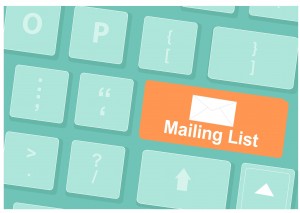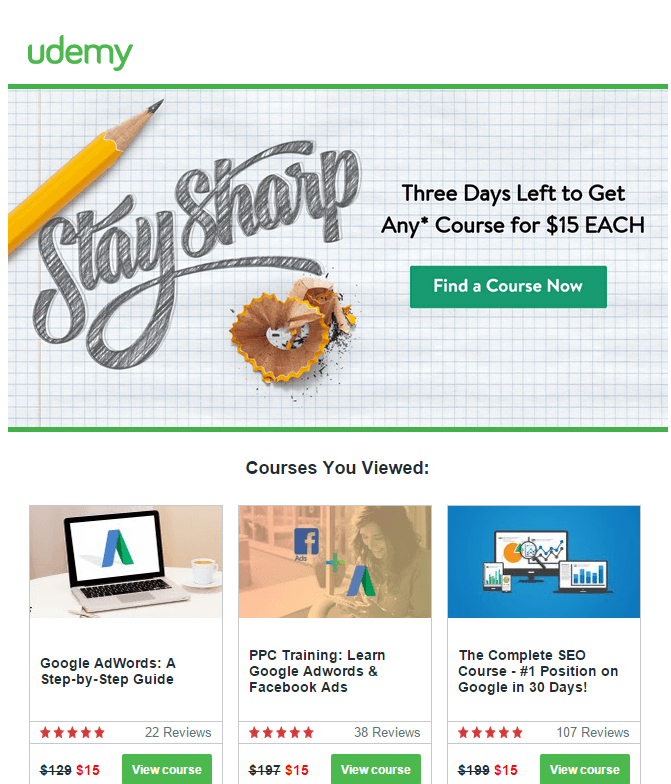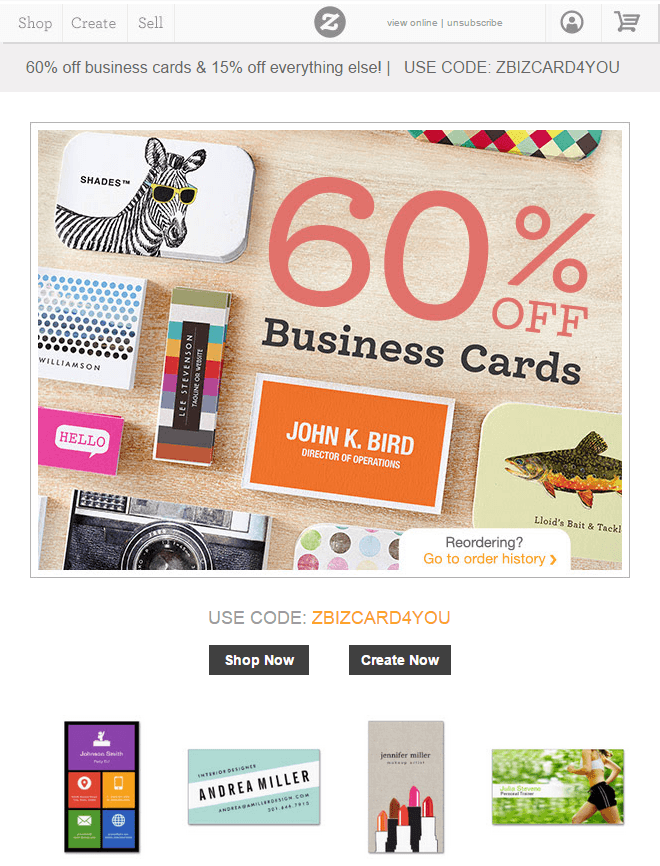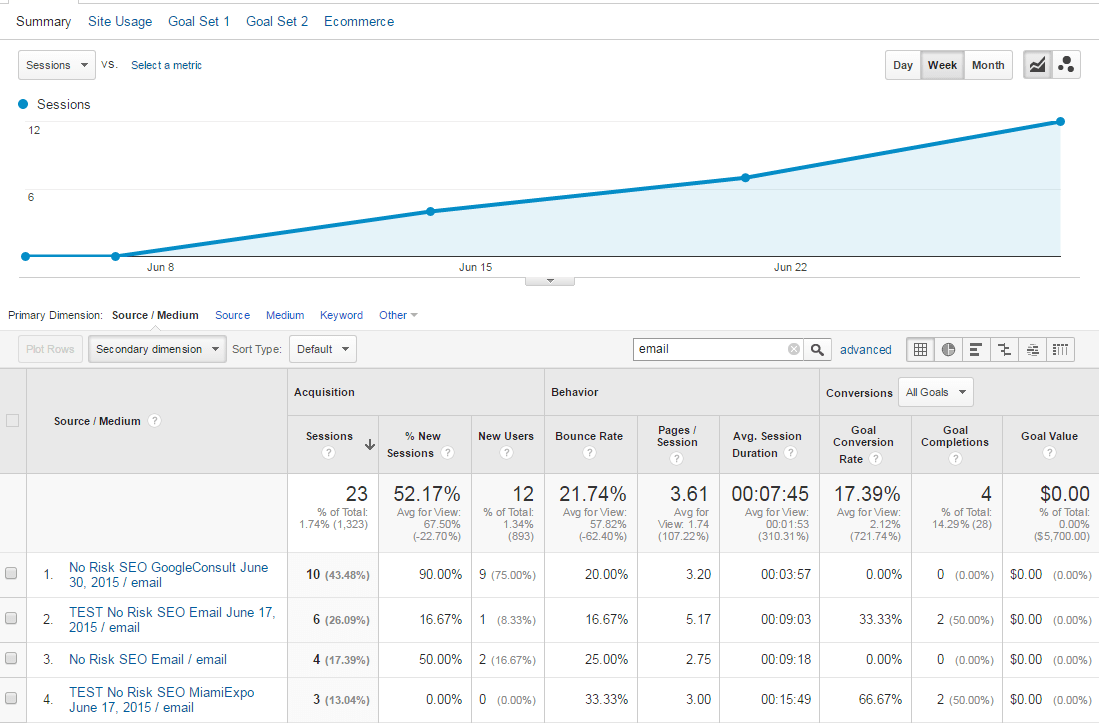Email Marketing 101
Have you considered email marketing as another way to get more business? Not sure where to start? If so, then you’ve found the right place. In this article I’ll show you the in’s and out’s of email marketing from harvesting your email list to scheduling email blasts with easy to use software applications in an easy to digest language. I’ve been helping our email marketing company in Miami manage the processes / procedures that we use as part of our email marketing service. I’ve gone through many trials and tribulations along the way which is why I wanted to share my experiences and recommendations. After reading this post you should have a working knowledge of how email marketing works, what the best practices for email marketing are and how to manage your own email marketing campaigns effectively.
Building Your Email Lists

Depending on your business model, you may have several email lists to build or just a few that pertain to the different services or products your company offers. As a digital marketing agency in Miami we have an email list for each type of service we offer. For example, our website design page has a pop up that will ask you to sign up for our newsletter that is specifically programmed to send those that sign up emails about our web design services. Sometimes we send discount offers about web design to that audience list, other times we use that email list to promote blog posts that we’ve written related to web design to get social attention to our blog posts because social media signals play a huge roll in SEO.
Building your audience list is the first step but you don’t want to rush through this process. You will need to spend a good amount of time identifying how many lists you will need and how to grow those lists in the most effective manner. Creating opt in forms are obviously the most common way to grow your audience list. Another great way to grow your list is by using social media posts that direct visitors to the most appropriate sign up page on your website is a great way to do it, pop ups on your blog post are also very effective. There are many ways to grow your audience list and I encourage you to explore them, you can start by reading this blog post on Entrepreneur for getting some ideas.
Being one of the top ranked Miami email marketing companies, we practice what we preach by utilizing all of the recommendations that we are going to cover today. It’s a long blog posts so grab some coffee and get ready to learn! 🙂
Segmenting Your Email Lists is a MUST
The best thing to do is to define your audience types first and then come up with strategies to grow those lists. The most common ways to grow your audience lists are through social media posts, forms on your website and signature links in your emails/messages. It’s not enough to just create one general email marketing list, you must define your list types and craft compelling emails for them regularly in order for your email marketing campaigns to be successful.
According to the MarketingSherpa 2012 Email Marketing Benchmark Report, approximately 32 percent of digital marketers explain that segmenting their email list to a more granular level is a top priority for their company. Furthermore, 52 percent of digital marketers say they have to do a better job at overall data base segmentation.
The fact of the matter is that most businesses do not just cater to one type of customer and with that being said, the way you use email marketing needs to be in line with the types of customers you cater to. For example, we as a marketing company in Miami offer several digital advertising services from Google Adwords Management, Organic optimization and Web design. We use email lists for each type of service that we offer and implement unique strategies to harvest email contacts based on each type of service we offer. This allows us to have unique lists that we can send relevant content to allowing our email marketing performance to improve drastically.
When you own an ecommerce store, you may have several different product categories from which you will want to create segmented lists for. For example The Home Depot uses email marketing templates that are specific to the different types of product categories they offer online. They create email lists for people who do plumbing by having unique forms on the plumbing product pages which then submit the users email address to the respective email database which they then use custom email templates and content (related to plumbing products) to send to that list. Having this type of granular segmentation and unique content / templates allows the recipients to get emails that are very relevant to their interests and or needs.
You can easily setup segmented lists by using unique forms that send to unique databases or by tagging the form submissions with keywords so that you can segment your list manually. If you’re dealing with a large scale audience and aggressive email marketing, you should consider reading this great blog post from Zapier which explains how to use their tools to automate many of the processes and many examples of how to segment the lists.
There are plenty of email marketing softwares to work with which all have their own pro’s and con’s. I personally work with Mail Chimp and have had a great experience using it so far. To get an idea of what these softwares offer, I recommend checking out the Mail Chimp features page and Why Choose Mail Chimp page. These two pages will explain what features and advantages you get out of using a specialized email marketing software which you can compare to other email marketing software companies. Most of the big names out there offer the same type of services and features which are:
- Subscriber profile management
- Automation and personalization
- Intelligent / automatic scheduling for email blasts
- Advanced data tracking & analytics
- Easy to use design templates & template builders
- Mobile applications for managing your campaigns on the run
- Integration for common website management systems
- Google Analytics synchronization
Using these software features allow you as an advertiser to save time and to manage your email marketing efforts more efficiently. You will need some basic API/programming knowledge to build out the forms to harvest your email lists on your website and or other online marketing channels. Typically you will want to setup forms on your website that communicate with the email marketing software thus allowing you to manage your lists inside of the software application as your list grows.
Creating Excellent Subject Lines For Your Emails
If you didn’t already know this, a subject line (aka title) is the one things that will determine whether or not your email gets opened or not. Open rates can be as high as 45% and as low as 1% and it all depends on your subject line and audience list combination. With regards to choosing the most effective subject line, there are a few things to consider:
- Which audience list its being sent to
- What the topic is going be
- How to make it appeal to your contact list
When you choose to send unique emails to each contact list, you will have to put more time in coming up with appropriate subjects for each list. For example when we send out emails to our contacts that we meet through networking events, we often use subjects that are related to the networking events we recently attended. For example when we attended the Small Biz Expo in Miami this year we sent an email blast out titled “We met at The Small Biz Expo, let’s connect” and we tend to get a good open rate because we created a personable subject line that is simple and to the point, not overly promotional or long.
Regardless of the type of content found in your email, the subject needs to use a mix of psychology based marketing and analytical marketing. While you may not have loads of historical data to turn to for direction on how to better choose your subject lines or topics, going forward you should absolutely be using some sort of software along with Google Analytics (with appropriate tracking URL’s) so that you can make educated decisions on how to improve the way you come up with subject lines. Depending on your niche / industry, sometimes humor in your subject lines can be very effective, for others (like stock trading advice sites) hard facts and data points can be more appealing.
To learn more about choosing subject lines, I encourage you to visit the “Best Practices for Email Subject Lines” page on the Mail Chimp Website.
Creating Engaging Designs For Your Email Blasts
Just as you would incorporate best practices for conversion rate optimization on your website, you should also design an email marketing template that influences your recipients to complete a certain goal such as calling your call center, purchasing a product or using a coupon code.
It’s best to create unique designs for each segmented list so that your email content appeals to the respective email list. If you have a list for users who requested a coupon code for a certain product, your design should showcase that product (or simlar products) as well as creating a sense of urgency to buy soon (i.e. limited inventory or sale ends in 24 hours!). Below are some great examples of world class email marketing templates that I receive from various companies that I’ve dealt with in the past.
Udemy Email – Learning Course Website
Zazzle – Business Card Designs
Comptia – IT Certification Company (This email actually had my name on a certification which was pretty cool to see).
Men’s Warehouse – I recently bought ties from them
As you can see, the bigger companies are using very relevant email designs that are specific to the things I showed interest in. For example, the Men’s Warehouse sells all kinds of men’s clothing but they happened to send me a email about ties because I recently bought ties from their ecommerce store.
The third example I listed even includes a picture of a certification that I am working on getting that had my name on it which I really liked. That can be done by using dynamic elements in your template which you can learn more about by reading this blog post.
The Zazzle email template is explaining that they have a deal on business cards which is because I was recently shopping for new business cards and visited their website, searched for business cards then signed up for offers on their sign up form. Many email marketing softwares allow you to set rules based on which web pages your visitors navigate to so that the users who sign up get placed in the appropriate list (which uses the most relevant email marketing content and design that appeals to that list).
Measuring Results
As you are probably aware, when you send an email to your audience, you typically include a link to your website (or many links to different pages on your website). When you get someone to click on those links, you will start to see referral traffic data in Google Analytics but it will be limited because it will not provide details as to which email template you used or which email list you used. If you want to actually include those data points in your Google Analytics report (which you absolutely should do), you will need to append some URL parameters to your links so that Google can define which list was used and which email template was used. Below is an example of our Google Analytics account showing the date and email topic that was used for each email blast we sent out. We can see user behavior data in Google Analytics now broken down at the email level.
Regardless of which software you choose to work with you will need to track a few different things such as the open rate of your email blasts and the behavior of the visitors that are referred to your website when they click through the links to your website. All of this can be done using the email marketing software and Google Analytics. The email marketing software that you use will always provide you with the important stats pertaining to the way the email blasts worked and the reaction from your recipients. The main tracking points to analyze are going to be your open rate, click through rate and opt-out’s / opt out rate. With Google Analytics, you will be able to track the performance of visitors who find your website by clicking on links in your email marketing blasts. You can measure things like the average visitor duration, pages per visit and conversion rate (the rate at which visitors convert into customers or leads).
If you’re using a email marketing software, many of them have a feature that allows for a seamless integration into Google Analytics which is a huge benefit because it will save you the time of having to use custom URL’s in for the links you include in your email design / template.
Email Marketing Services VS Managing it Yourself
Now that you have an idea of how to effectively use email marketing to promote your products or services the question that still remains un-answered is should you outsource it or handle it on your own? Frankly, there is no right or wrong answer, it all depends on your situation. If you’re already limited on time handling the day-to-day activities of your business then it might be best to outsource to an email marketing agency. On the otherhand if you are a marketing manager with enough time to take on a new marketing channel then maybe it would be more effective to manage it on your own. Whatever the case may be, you can now oversee or manage your own email marketing campaigns intelligently.
One of the most important things to take away from this blog post is how to measure your results with Google Analytics. Without knowing how well each email blast performs, you’re putting yourself in the dark and will not be able to make educated decisions to improve your email marketing efforts as time goes on. Using conversion reports to measure the number of calls, form submissions, chats or purchases made from email marketing traffic is the missing link for many prospects that contact us looking for an email marketing company in Miami, Florida. If you’re wondering what the best way to setup tracking for your email marketing efforts or any other marketing channels, you should contact us for a complimentary consultation or read our other blog posts that are related to conversion tracking.














